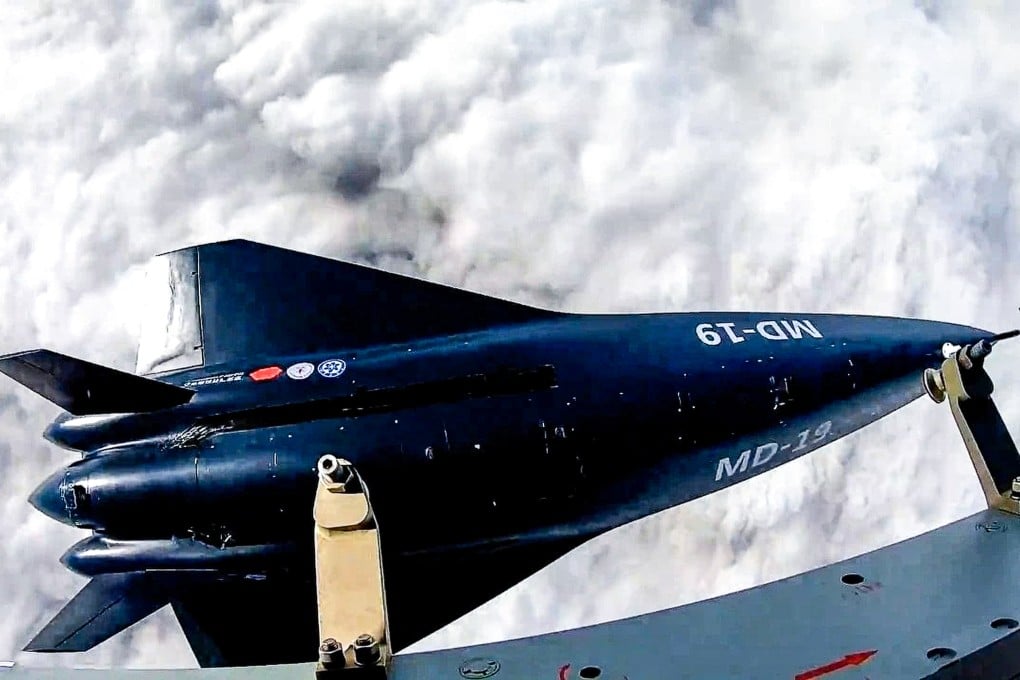Advertisement
China tests a hypersonic afterburner, doubling thrust at Mach 6
Researchers have developed an innovative secondary combustion technique to help China win the global hypersonic race
Reading Time:3 minutes
Why you can trust SCMP
39

Stephen Chenin Beijing
Chinese scientists have unveiled a propulsion breakthrough that could redefine the future of hypersonic flight.
Led by Yang Qingchun, an associate professor with Beihang University in Beijing, the research team has developed an innovative secondary combustion technique that nearly doubles the thrust of a scramjet engine by injecting magnesium powder into the exhaust gases from conventional jet fuel combustion.
Tested under conditions simulating Mach 6 flight at 30km altitude, this unprecedented afterburner promises to strengthen China’s lead in hypersonic technology, offering faster speeds, greater manoeuvrability and extended range for next-generation weapons and aircraft.
Traditional scramjets face limitations at extreme speeds – the energy output of the kerosene fuel plateaus and ignition during low-speed take-off becomes erratic.

So, Yang’s team turned to magnesium, a metal known for its violent reactivity. Their solution exploited a simple yet radical concept: they could harness the residual water vapour and carbon dioxide from the burned kerosene as oxidisers to ignite magnesium particles.
Advertisement